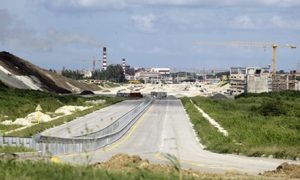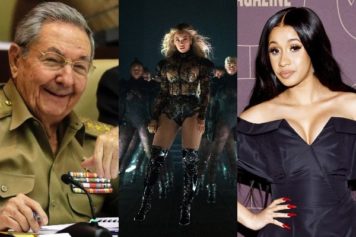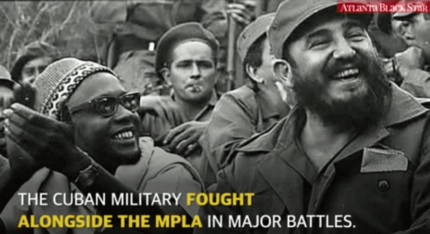
The journey starts in the capital, cradle of Latin American revolutionary fervor, and ends an hour or so west in a quiet port.
It is here that Cuba is betting its economic future on one of the biggest development projects in its history – a special free-trade zone that aims to attract foreign investment and, more hopefully, U.S. support, with modern facilities and market-friendly tax breaks.
The surprisingly straight route between the two passes Zone Zero – the high-security district where Fidel Castro is living out his final days – and the Hemingway Marina, which has been upgraded to provide more berths for luxury yachts and better facilities for the international sports fishermen who visit each year for the annual marlin competition.
The roadsides are agreeably empty. There are few buildings and – perhaps because it is a holiday – little sign of agricultural activity in the fields until Mariel announces itself with an ugly plume of sulfurous smoke belching out from a power plant.
Beside it stand the silos of a cement factory, emblazoned with the Cuban flag and the slogan Patria o Muerte (homeland or death).
Mariel is poised to play an important part in Cuba’s development with a new deep-water container port and the free-trade zone built on the site of a former submarine base, a project that aims to exploit the planned expansion of the Panama canal by providing the best facilities in the region for giant vessels.
“This is one of the biggest projects we’ve undertaken since the revolution. I hope it’ll help to end the blockade,” said María Vitória Bernase of the Havana-based Latin American and Caribbean Economic Association.
“The United States has no bays in the south that are so deep, so this will be good for them. Cuba is the key to the Gulf [of Mexico]. There is no other bay in the region with the depth of Mariel. We will develop it as a transport hub and a warehouse center.”
The project is well underway. At the entrance of the construction site squats a new four-lane motorway that will eventually cross the island.
For now, it just cuts through tracts of reeds, low palms and wild sugar cane into the main development zone, where Chinese trucks loaded with gravel and sand go back and forth as earthmovers clear earth and shrubs. The port project is reportedly being built by Odebrecht company, with Brazilian financing. Once complete it will be run by a Singaporean port operator, PSA International.
Promotional material for the project suggests it will resemble the special economic development zones such as those that galvanized and opened up China and Vietnam’s economies. Compared with the rest of the island, firms will face fewer restrictions on hiring, lower tax burdens and no requirement to enter into joint ventures with local state-run firms.
“It’s a step in the right direction,” said a European diplomat. “One of the biggest challenges in Cuba is the business environment. It’s not an easy place to operate. But if Mariel is successful, they will create similar zones elsewhere.”
Read the full story at theguardian.com


